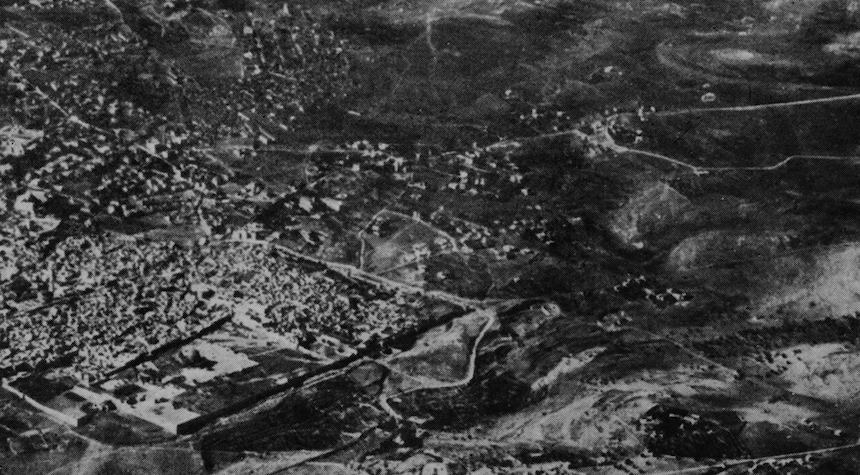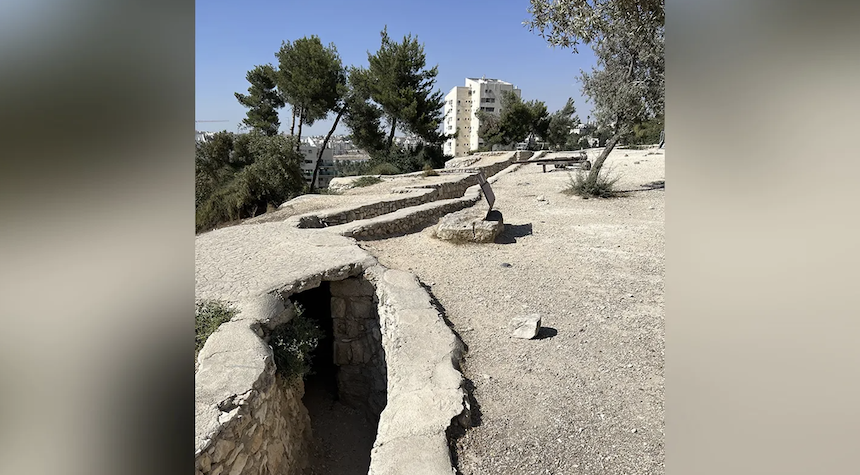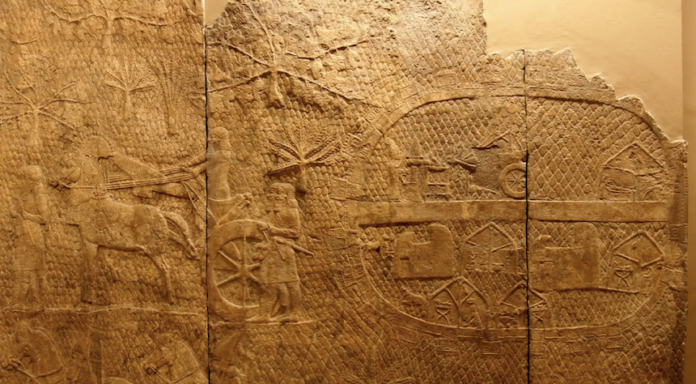Independent scholar claims that a recent discovery in Israel could confirm an epic biblical story of an angel of God wiping out 185,000 Assyrian troops.
Stephen Compton is an independent scholar who specializes in Near Eastern Archaeology. He used a modern mapping method to discover what he believes are ancient Assyrian camps dating back to 700 B.C.
The biblical accounts of 2 Kings, 19:35, Isaiah 37:36-38, and 2 Chronicles 32:21 could be verified by the discovery.
The journal Near Eastern Archaeology published the details of the scholar’s findings and their significance to history.
He said that Lachish was one of the important cities he had conquered. It is also mentioned in Assyrian and Biblical documents. On the wall of Sennacherib’s palace, he had an engraved relief of the conquest by stone of Lachish. Then, on the other side, his military camp. His military camp was an oval. The British Museum has a copy of this image, which was originally on the wall in his palace. It’s been lost.

Compton used aerial photos of Lachish taken before modern development and matched the terrain to the reliefs in the palace of Assyrian King Sennacherib to create a virtual map that pinpointed the location of the military camp.
Compton narrowed down his research by using the oval shape of Sennacherib’s military camp.
“We knew it was an oval.” He said that he took an image of the relief, matched it with features recognizable in the landscape, and then overlaid the two. “I used older photographs of the landscape taken during World War II before any major changes had been made.”
He said, “And it was an actual match.”

Compton stated that the location, dates, and name of the military camp fit within the historical context of Sennacherib’s invasion camp.
Compton said that he hopes a team of archeological excavations will investigate the site to provide more information.
He said: “It’s exciting that you’ve found this spot. I hope we can soon find out more about it through archaeological excavations.”


